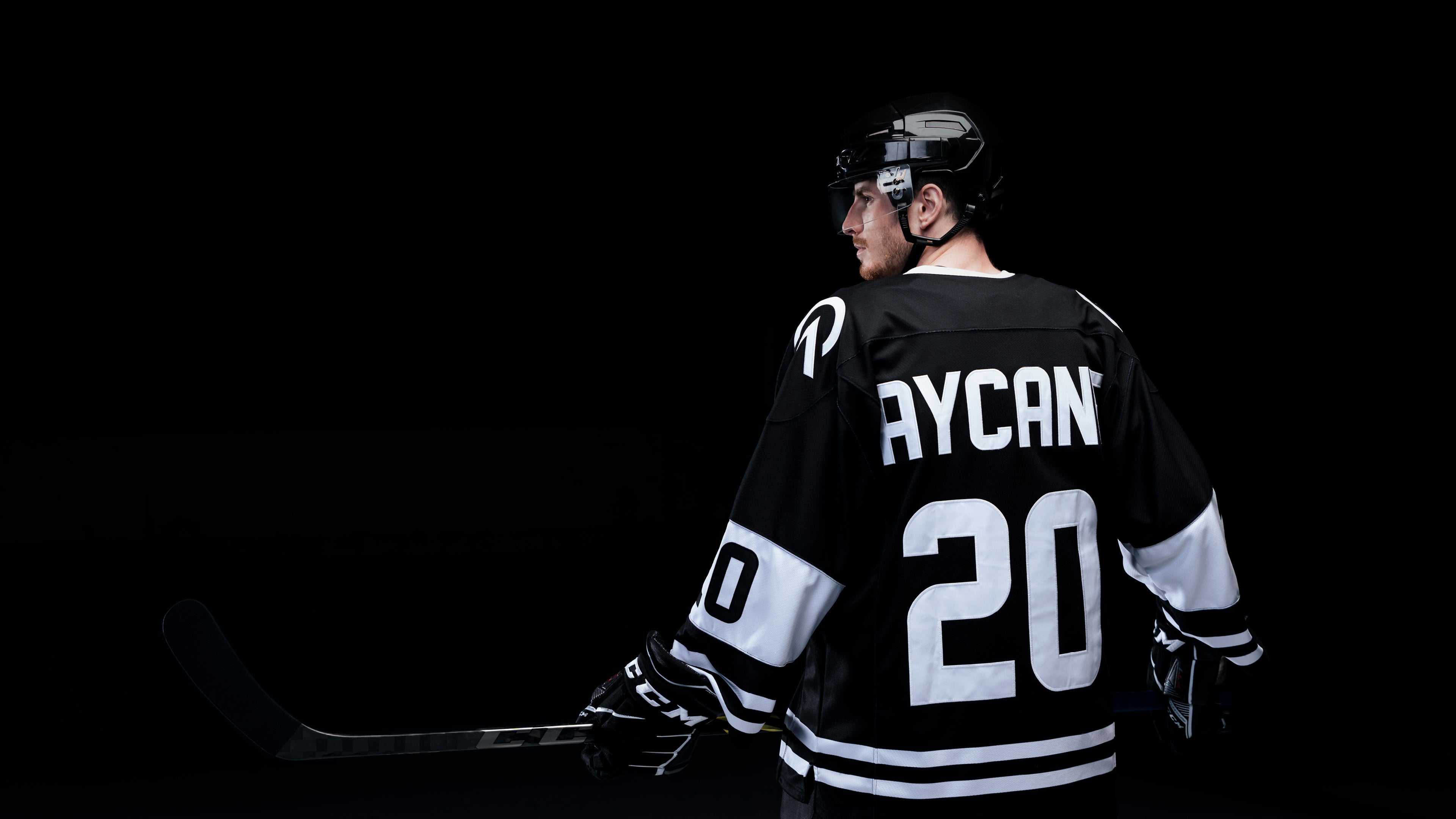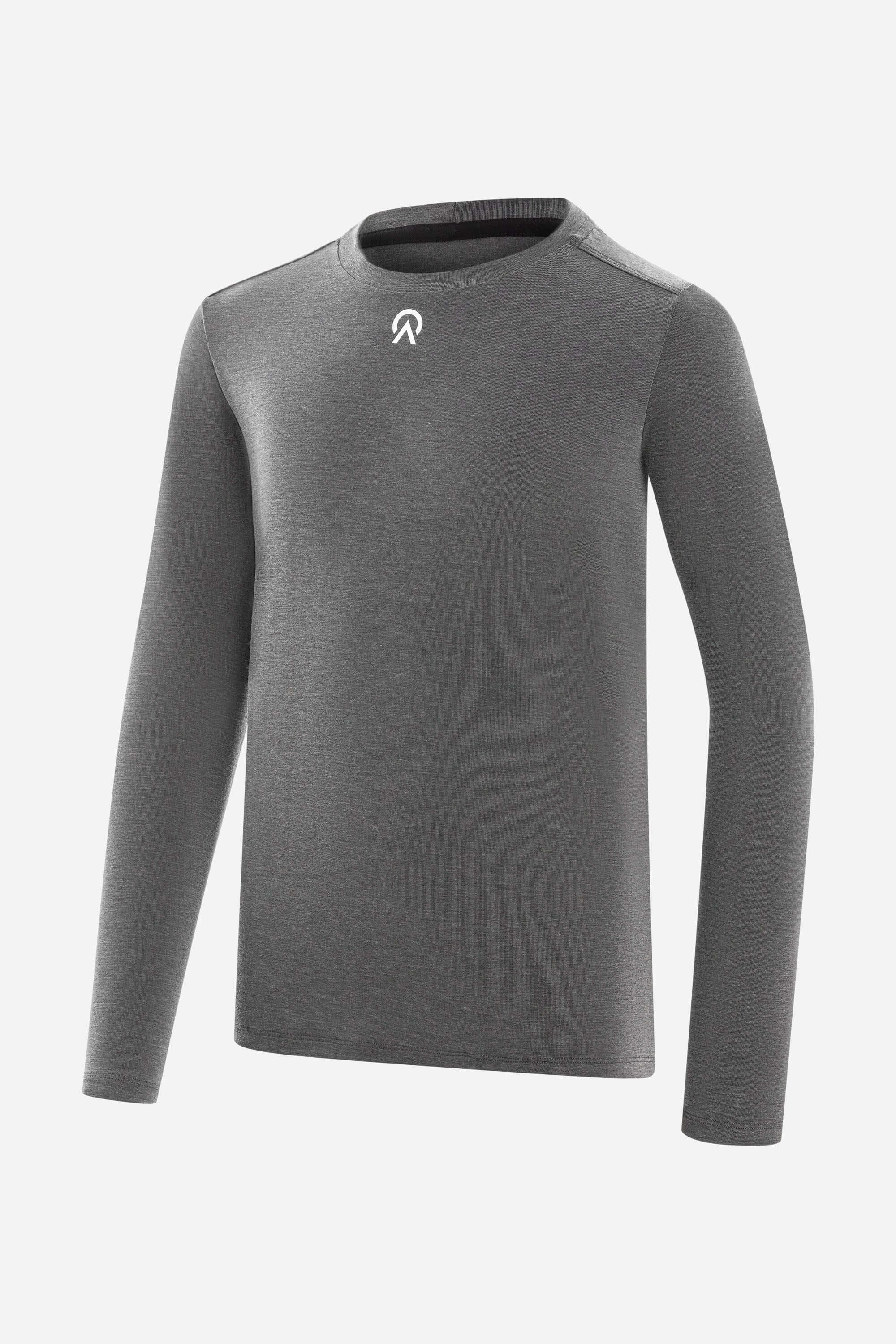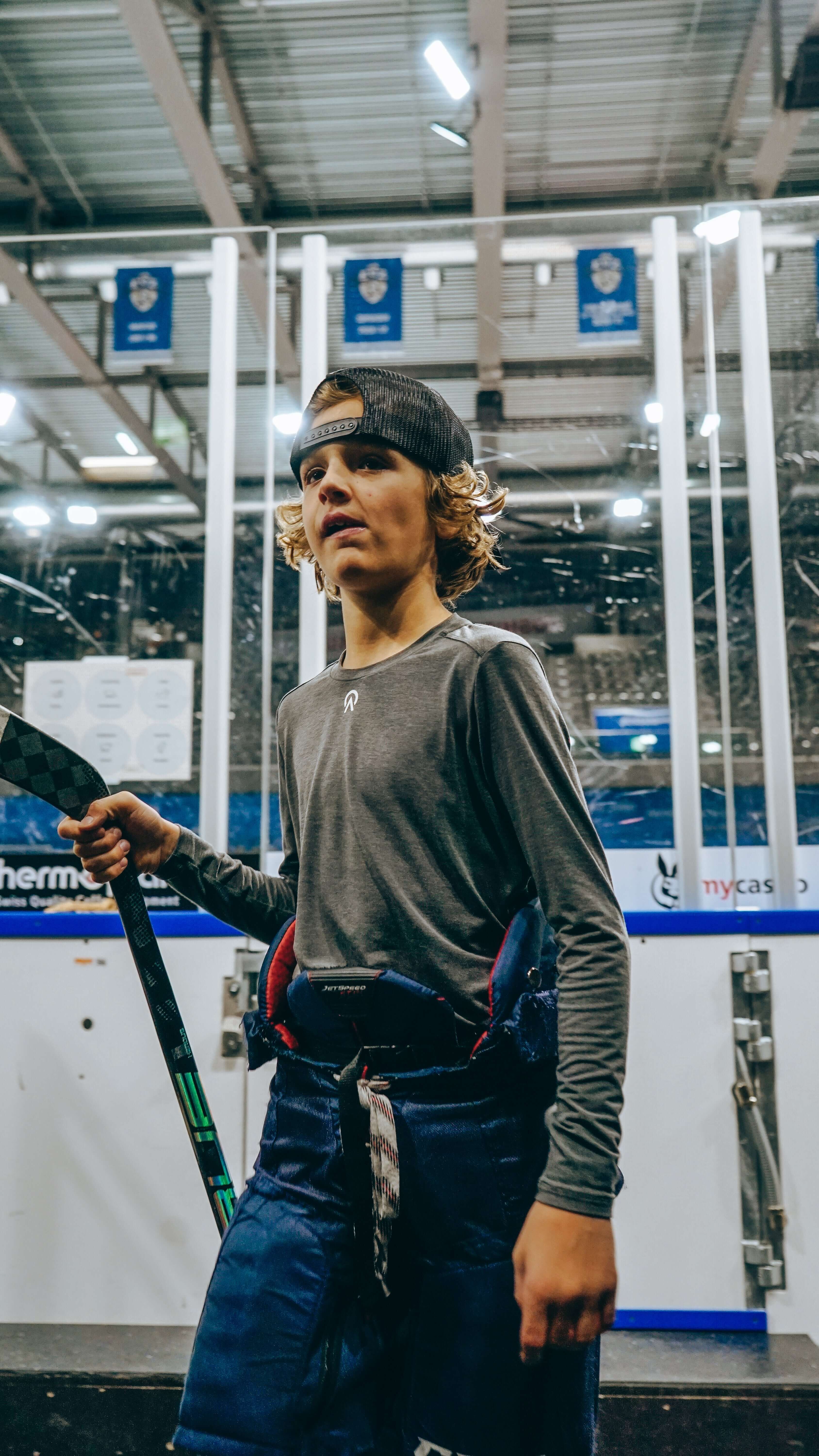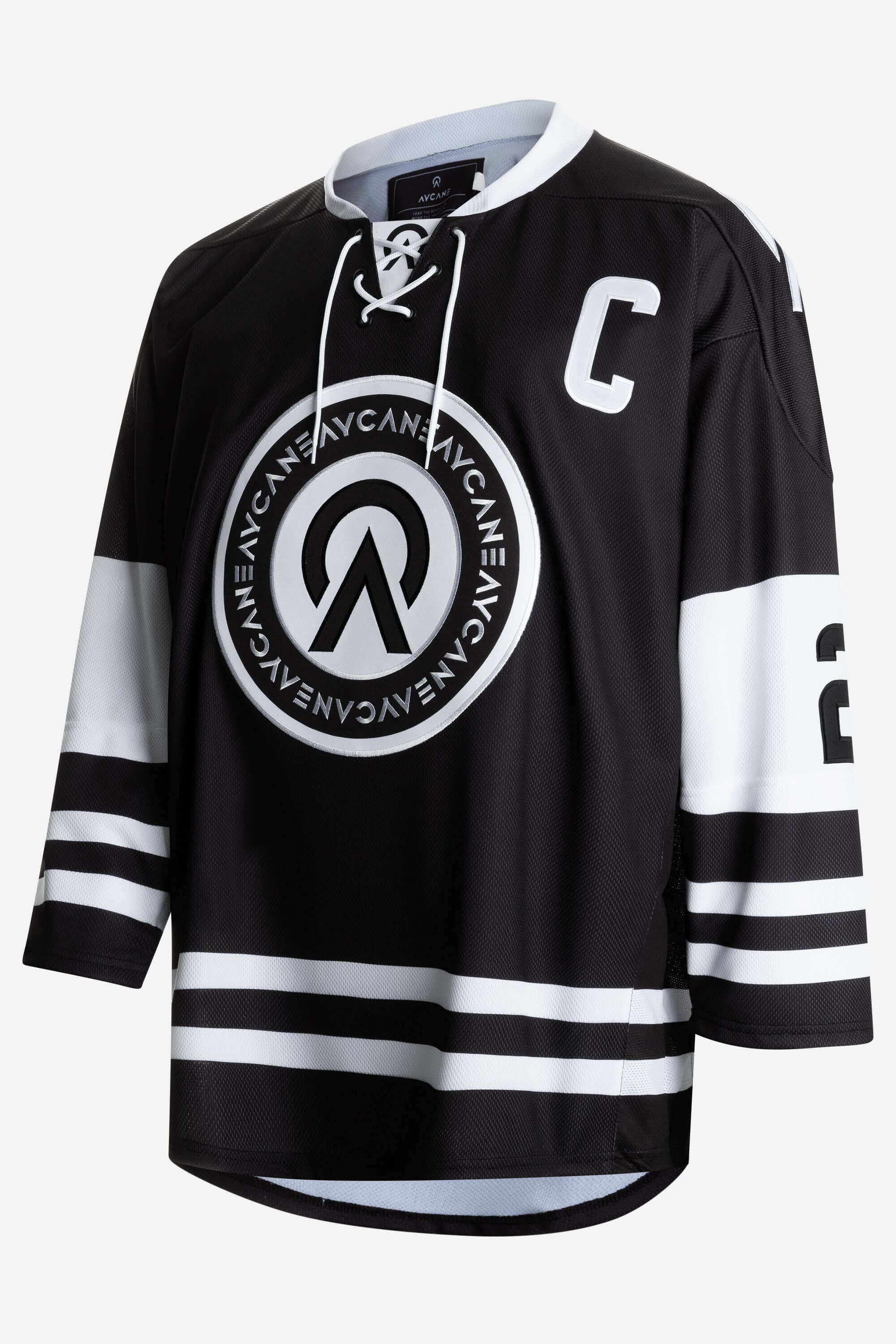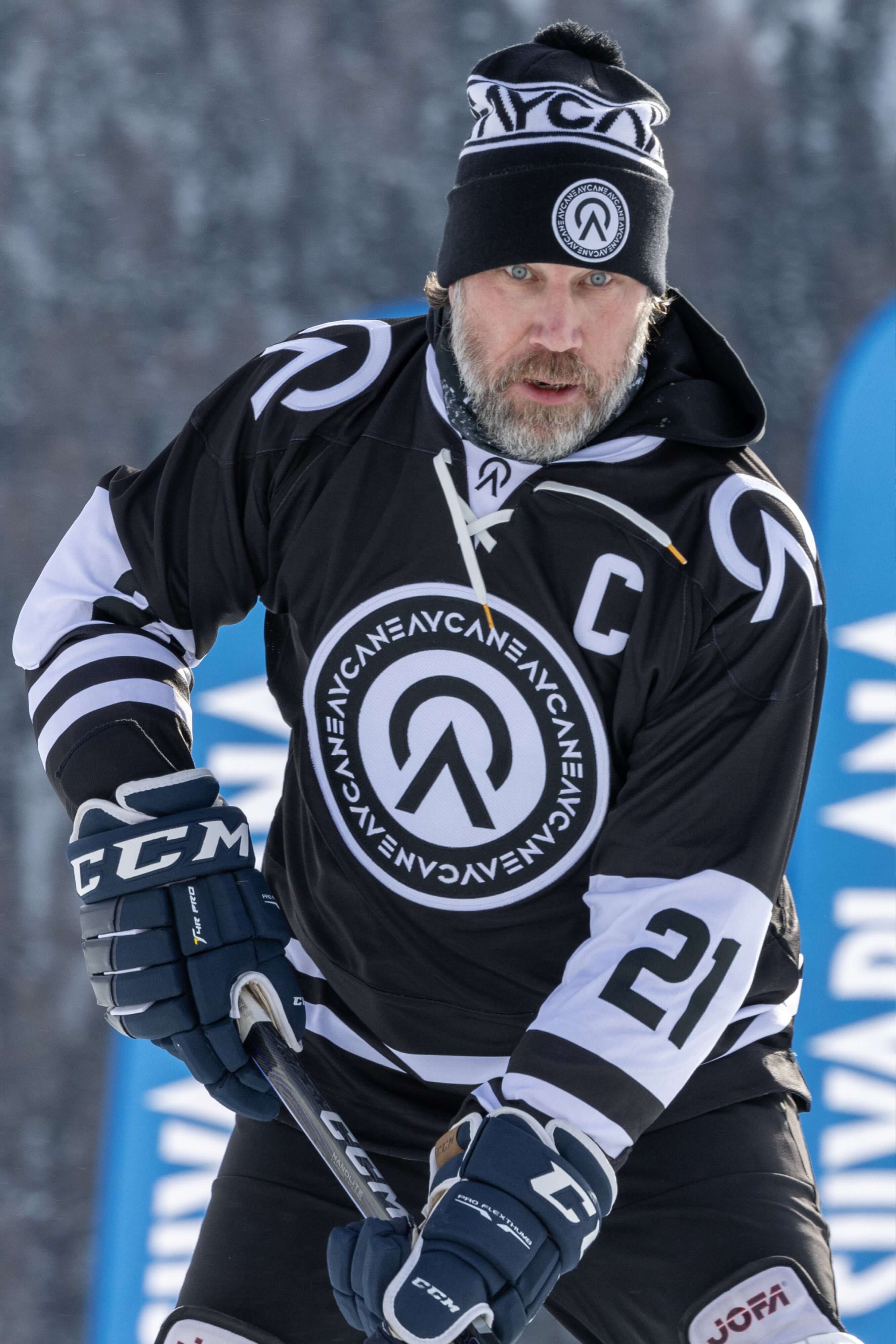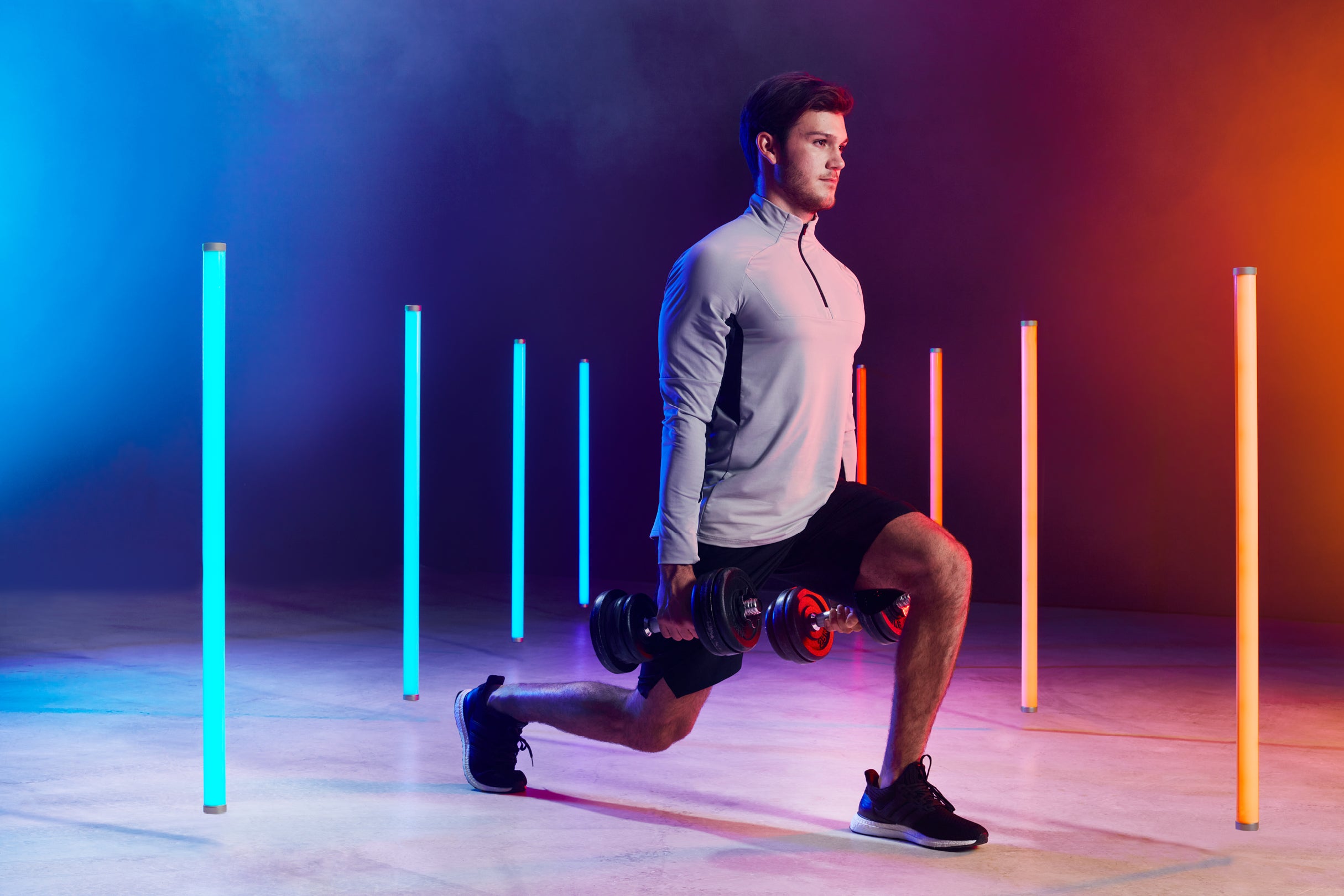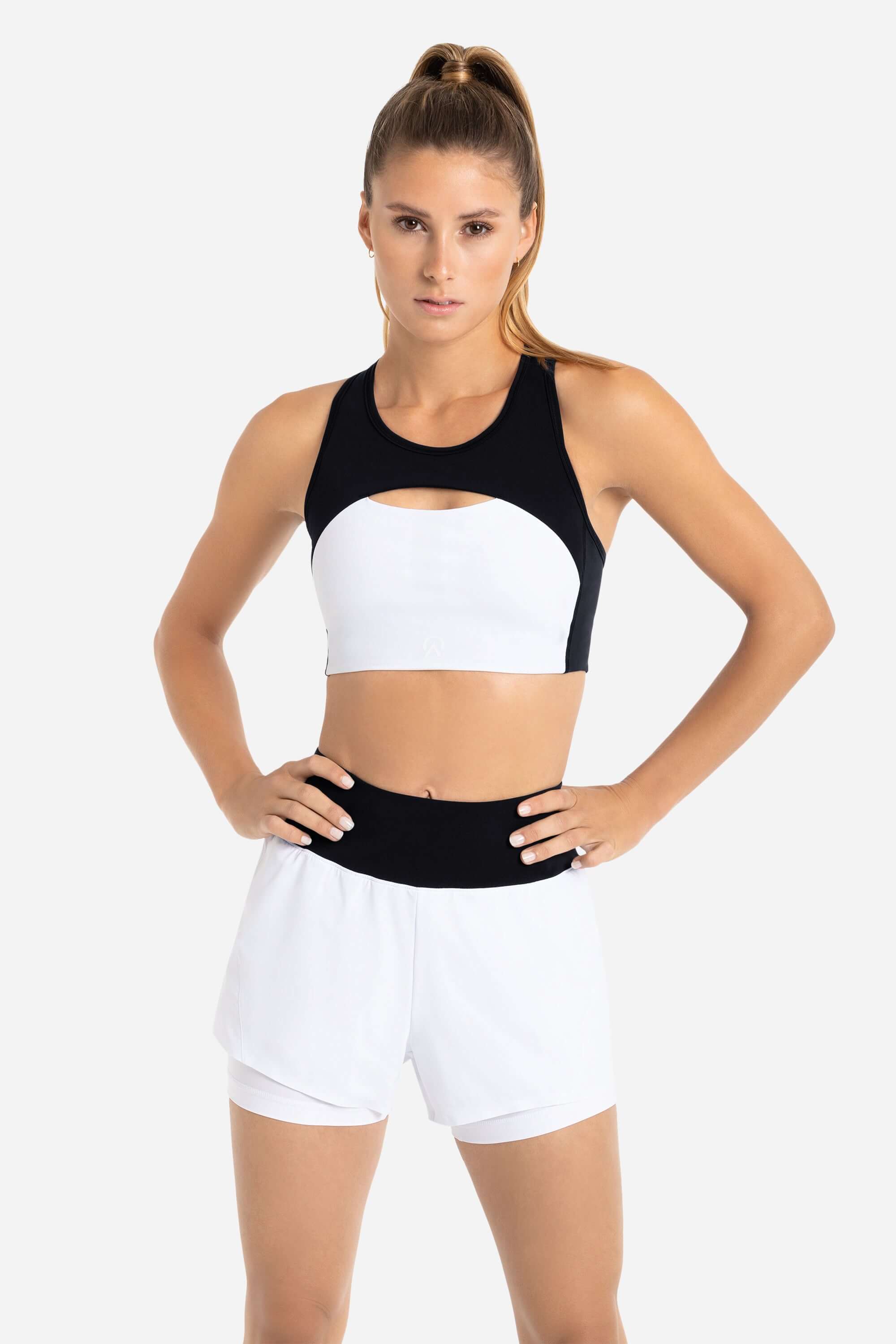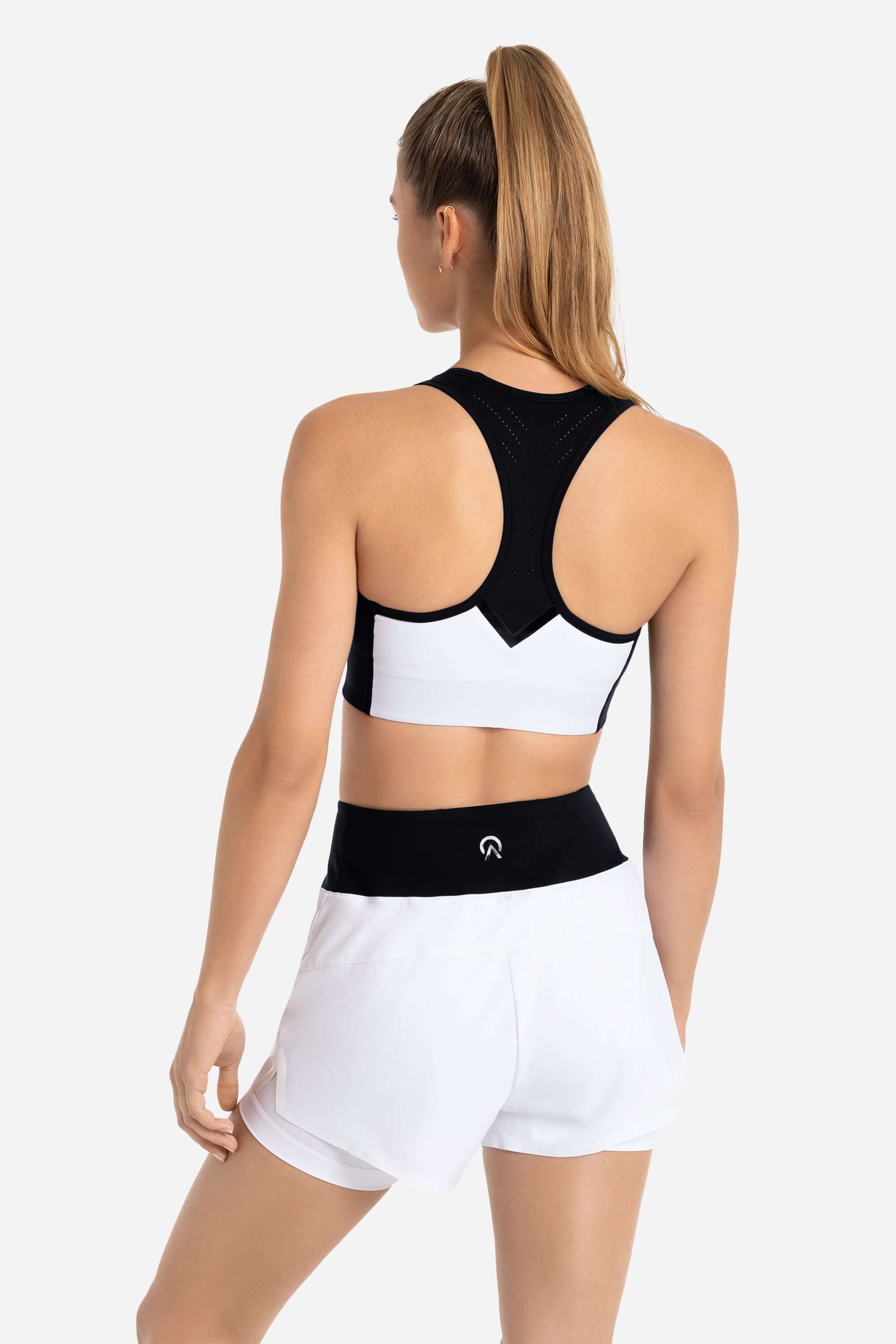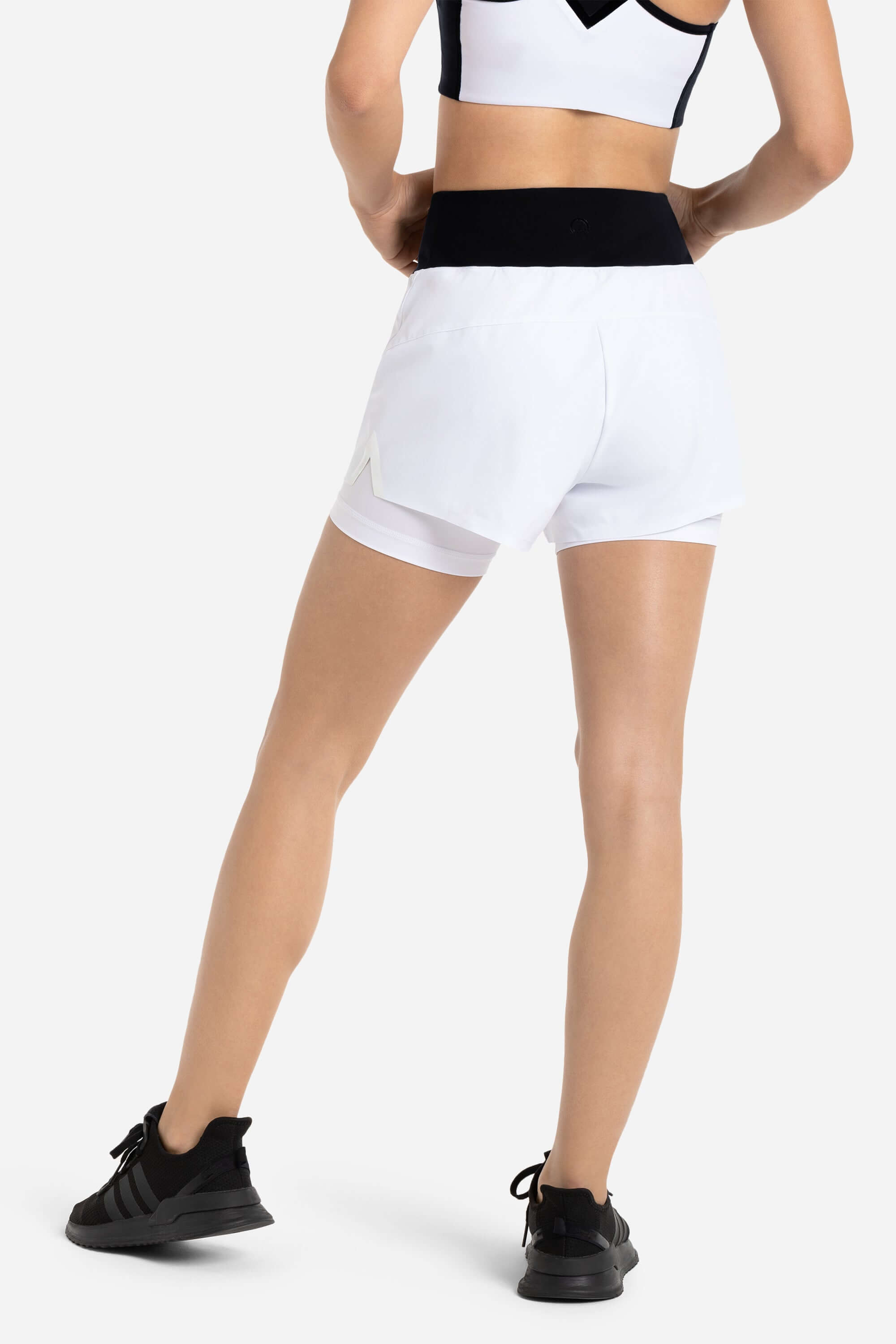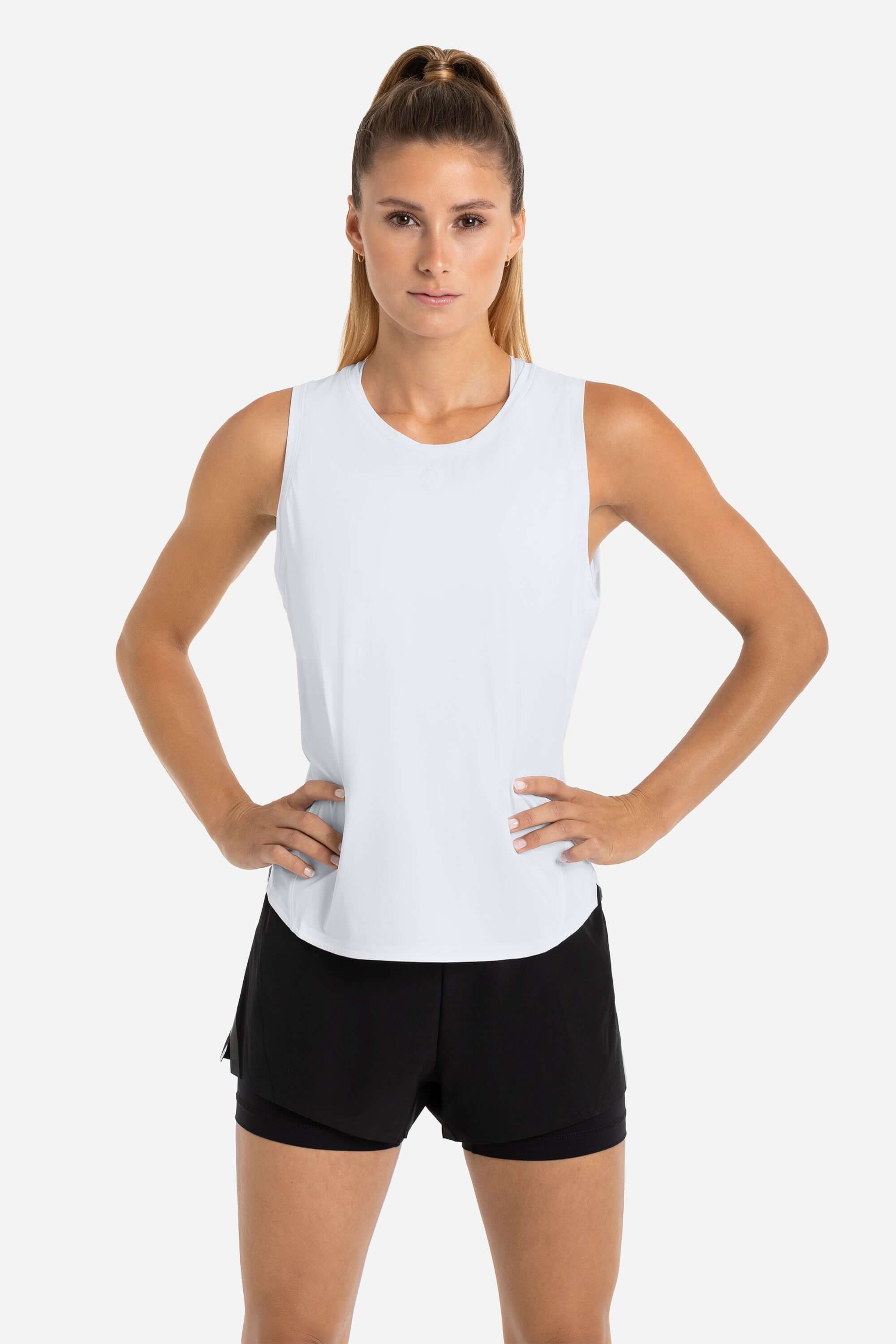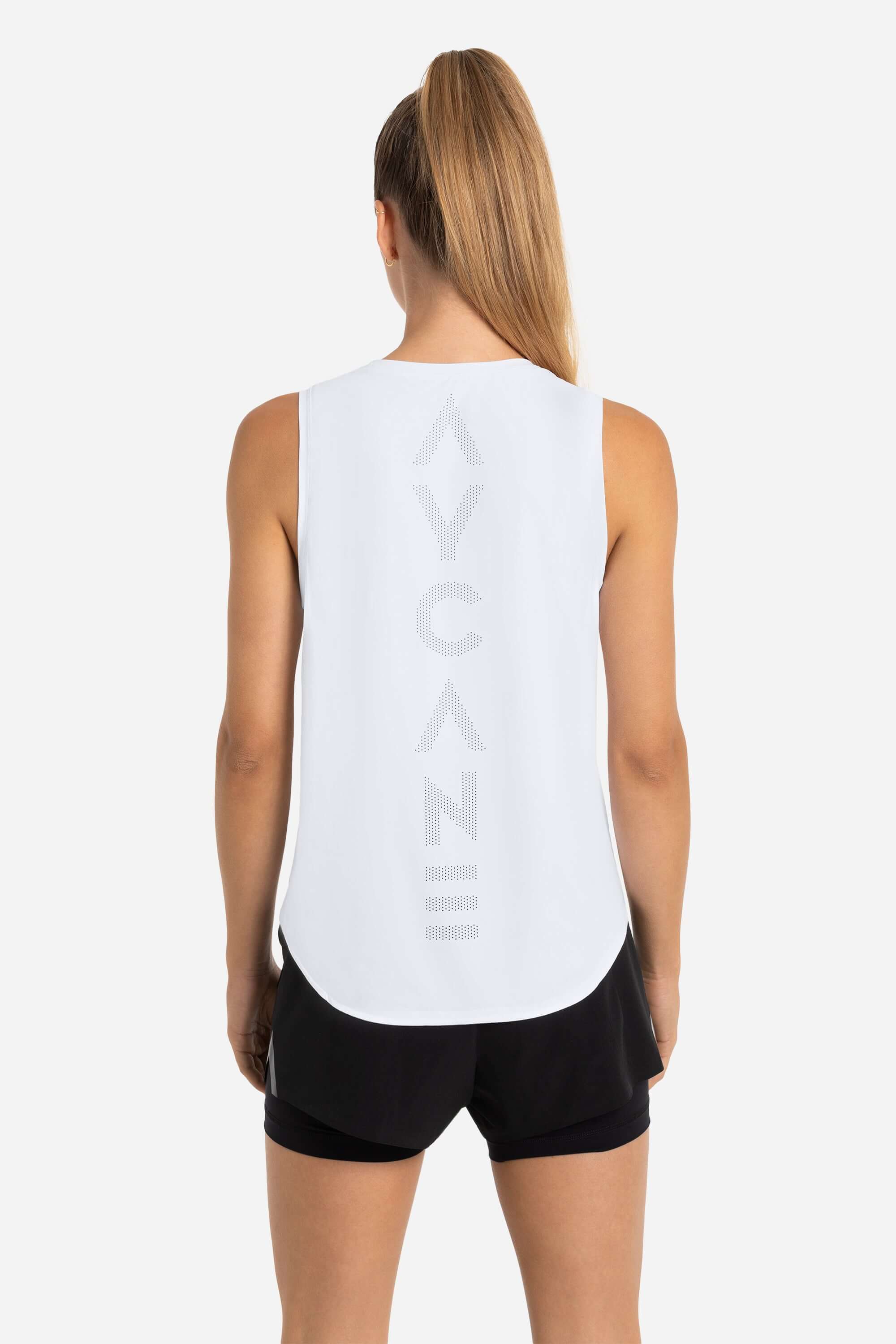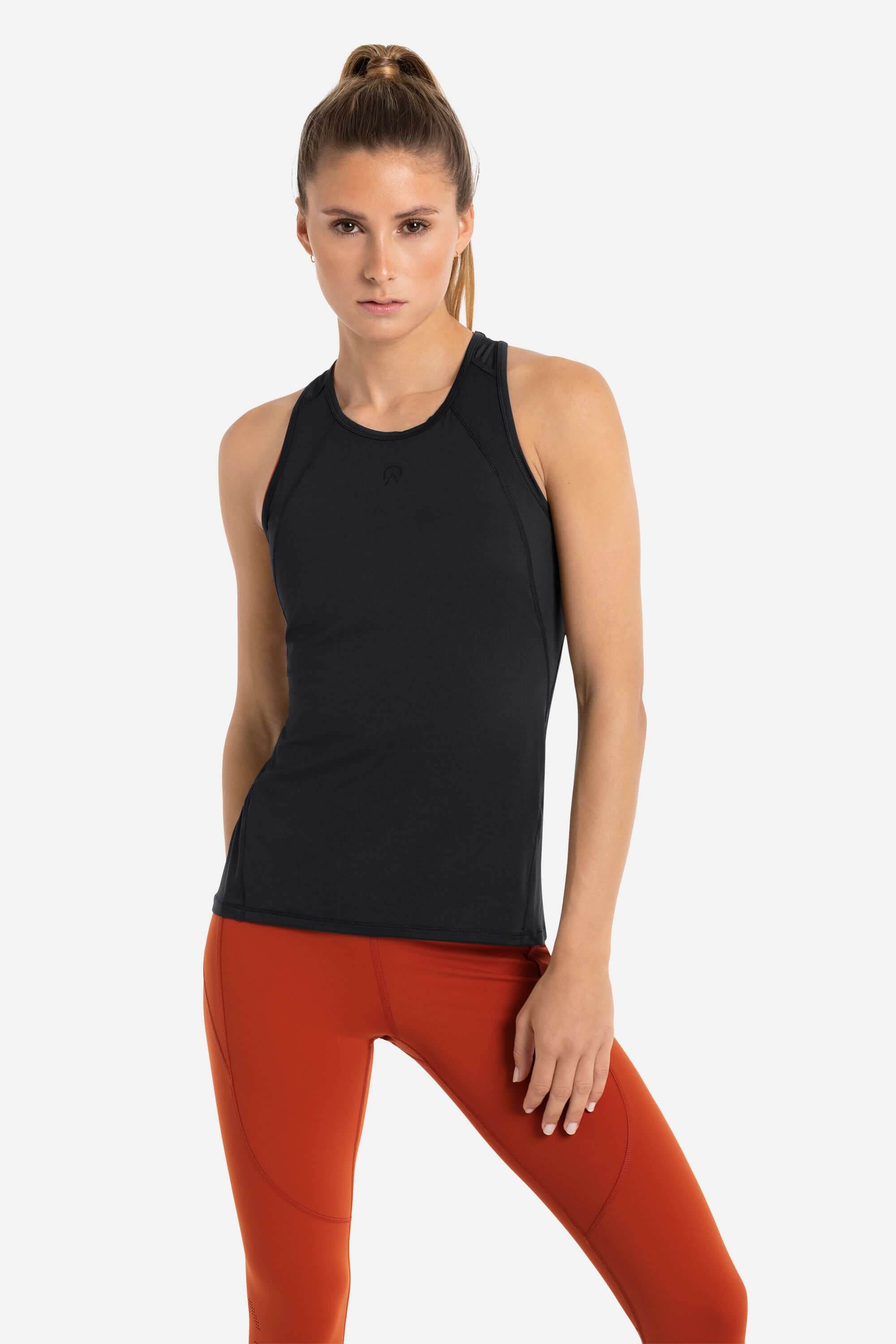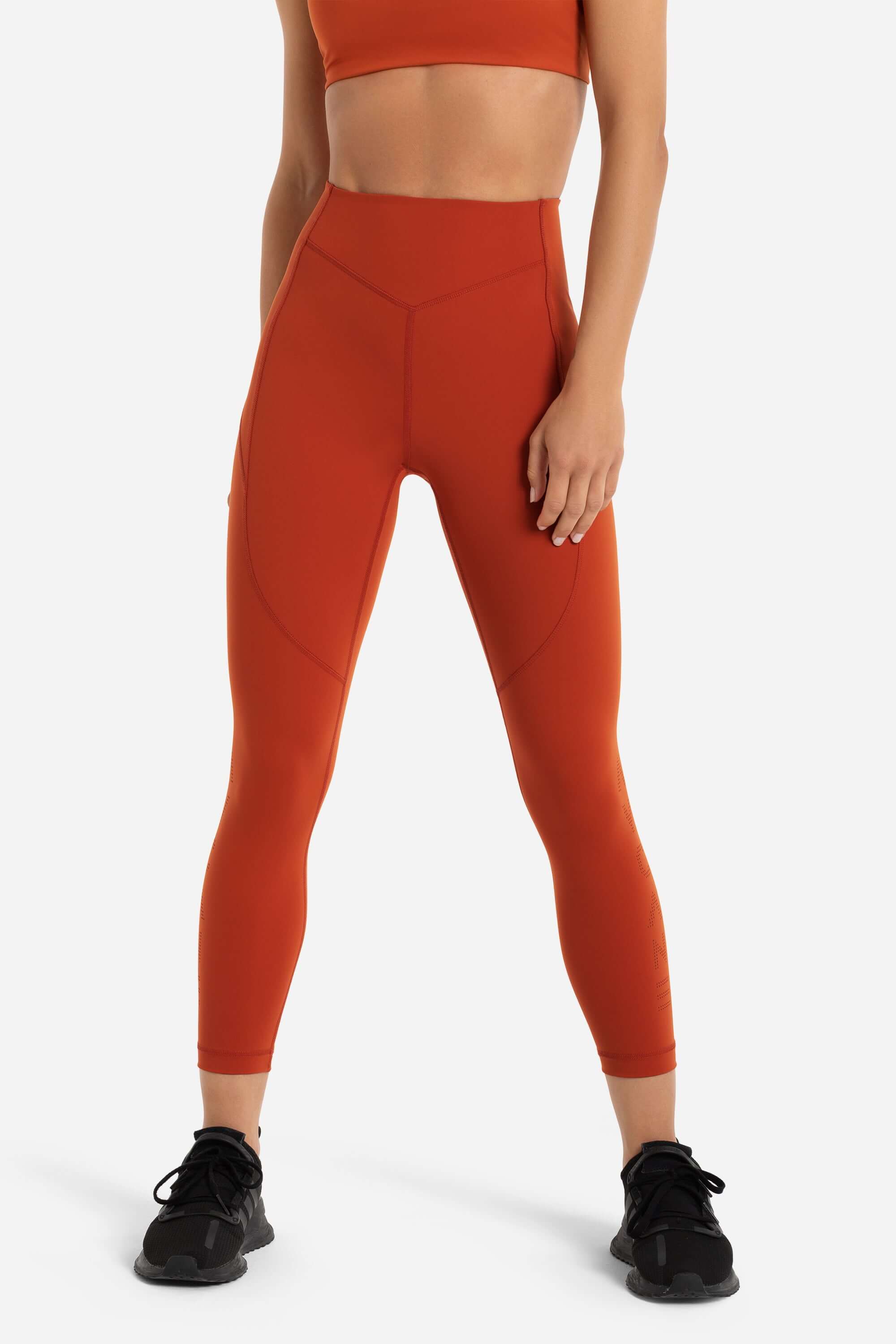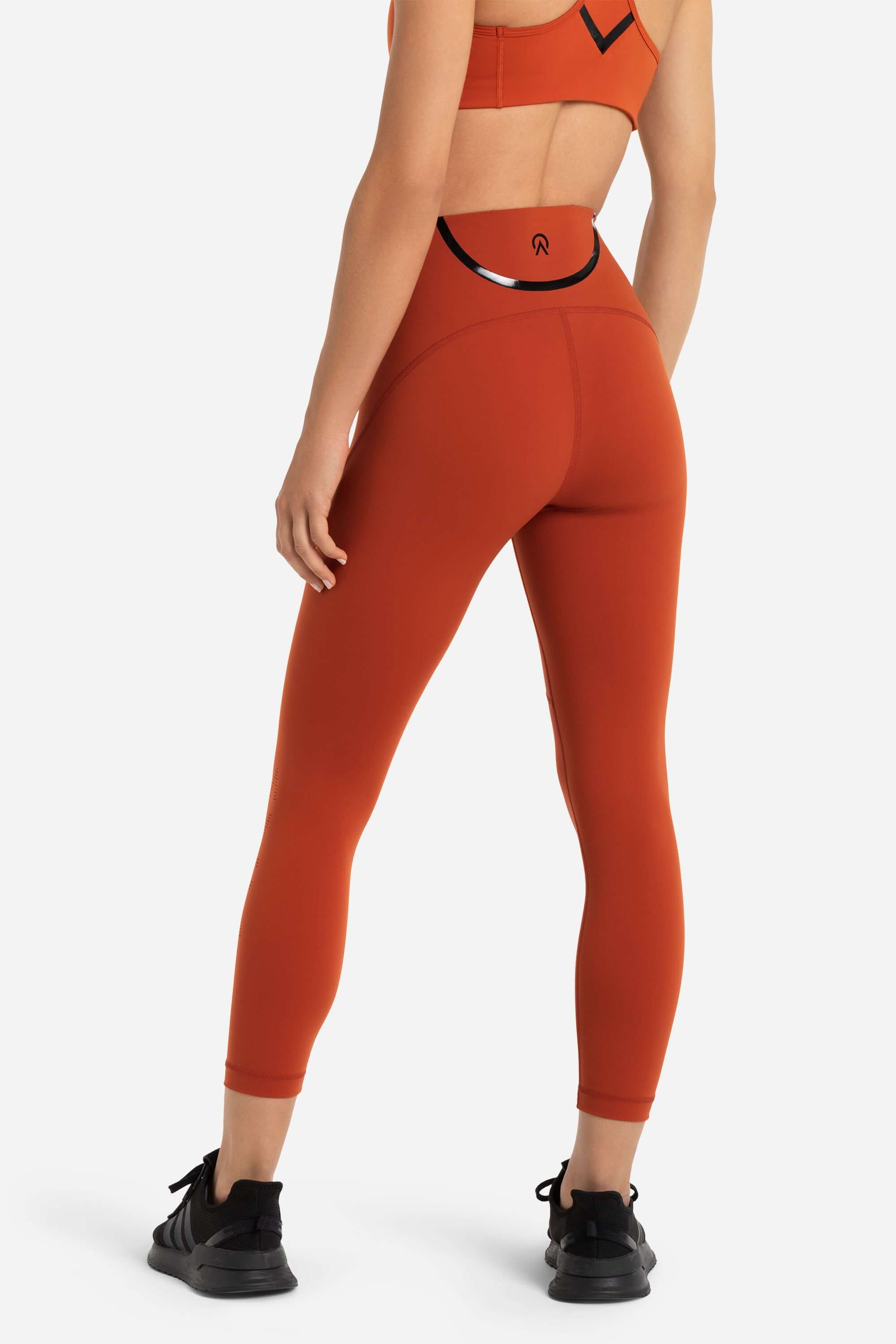Do Neckguards Really Help Prevent Injuries in Hockey?
Since the tragic death of player Adam Johnson in October 2023, neckguards have been at the forefront of the worldwide hockey conversation.
USA Hockey made neck guards mandatory for all players under age 18. Neck guards are now mandatory in all Canadian major junior hockey leagues (OHL, QMJHL, WHL).
The International Ice Hockey Federation (IIHF) has mandated neck guards for all tournaments it runs, including the World Junior Championships, World Championships, and even the Olympics. Professional leagues in Germany, Sweden, Finland, and England, where Johnson was playing at the time of his death, all now require players to wear neckguards.
Some NHL players have tried them out, but most remain resistant. Change is hard, especially for creatures as prone to habit and routine as hockey players, but a slight change that has potential life-saving would seem worthy of the minor discomfort.
The question then becomes, do neckguards really make a difference? Can they stop a sharp skate from cutting into a player’s vulnerable neck area? Do they offer the protection hockey players need?
That should be an easy “yes,” but in this post, we’re going to take a deeper look into hockey neck protection, using the AYCANE Blade Evo Baselayer Long Sleeve as our example.
PROTECT YOUR NECK
Despite wearing a whole bunch of protective equipment, the neck area is one of few areas that is left vulnerable for hockey players. Other sports like football also have unprotected necks, but they aren’t playing on razor sharp skates and using sticks.
It would be impossible to have a helmet with a neck component and shoulder pads with neck extensions would hinder movement, therefore separate neck guards were created. However, these still leave exposed gaps, especially since hockey players are notorious for sacrificing safety in the name of comfort.
How many half-shields do you see angled up to the point they offer no eye protection? Or mouthguards hanging out of the side of a player’s mouth, chewed to bits? Similarly, hockey players often tape-wrap their neckguards to make it feel less restrictive.
Granted, skates to the neck are incredibly rare which is why we can only name a handful of incidents over the past 30-plus years — yet, those incidents are haunting, and in the most recent instance — fatal.
WILL A NECKGUARD REALLY STOP A SKATE?
Well, responding to this question is quite intricate and relies on various factors. Nevertheless, a cut-resistant protection can significantly reduce or even prevent a cut injury.
Modern hockey neckguards are constructed using advanced materials that are both lightweight and highly impact-resistant. Typically made from a combination of foam padding and reinforced plastics, these guards offer a balance between comfort and protection. The materials are carefully selected to absorb and disperse the force of impacts, reducing the likelihood of serious injury.
In simpler terms — when worn properly, all they can do is help.
Yes, they are imperfect — a balaclava with full neck protection does not yet exist and sure does sound stuff to wear — but modern neck guards, especially those built into a hockey baselayer, offer the best, most comfortable neck protection to date for hockey players.
Neck guards are vigorously tested with heavy pressure and slicing motions and, for the most part, hold up to the test. But the speed and force created by hockey collisions means it is hard to mimic every possible scenario. Much like crash testing cars, the science does the best it possibly can to improve safety for its passengers, or in our case, players.
While it's not possible to claim that hockey neck guards are entirely cut-proof, our Evo Base Layer with cut protection stands out as the optimal choice, providing the most effective and comfortable solution available in the market.
Our insert is crafted from a blend of 65% Polyethylene, 14% Polyester, 13% Elastane, and 8% Glass. It serves as a protective barrier, shielding you against sharp skates.
WHY NECK GUARD SHIRTS ARE BEST
Quick note before we dig in: Goalies are different. Netminders have specifically made neck guards that absolutely must be worn at all times.
Players, however, have options. Yet, an undergarment shirt that has cut protection fabrics built into the neck portion (sort of like a super hockey turtleneck), offers the best option for hockey players both in terms of protection and comfort. Why?
Because the neck protection is built into the shirt, the guard won’t shift around during play.
Players won’t be able to wrap the neckguard tightly with tape to reduce its protective ability in the name of comfort or looking cool.
Using modern wicking technology and fabrics, you’ll barely even notice you’re wearing it.
The Verdict: Will Neck Guards Prevent Hockey Injuries?
This is an easy yes. Neck guards absolutely help prevent injury.
They’re literally the only barrier between a stick or skate and your bare neck. As we’ve seen, this is a susceptible and vulnerable part of our anatomy, getting used to wearing a baselayer with neck protection is a small price to pay for safety.
So if you’re a hockey player seeking the ultimate balance of neck protection and comfort for yourself or your kids, give the EVO baselayer a try.


